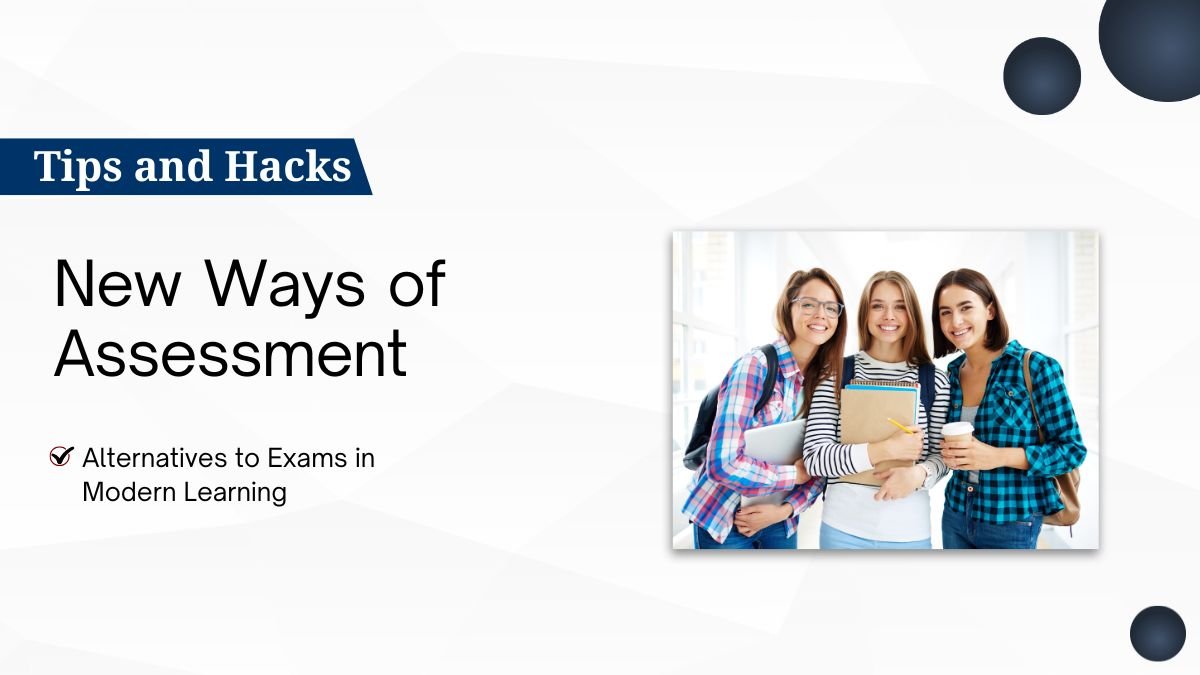Methods for Teaching Critical Thinking and Problem-Solving – Specific Directions for Schools
Today’s education should not only include reading books and getting high scores in examinations. To be successful in the 21st century, students must have critical thinking and problem-solving skills. These two abilities help them become efficient in studies and make sound decisions and find ways to surmount challenges in every situation of life.
It is schools and teachers that contribute significantly to it. Let’s elaborate on how a classroom environment and the method of teaching can develop the students’ skills.
Why is Critical Thinking Important?
Critical thinking means not to accept information blindly, but to ask questions, analyze, and think with logic.
Example:
If a student heard in the news that “the internet is negatively impacting children’s learning,” a student with critical thinking would immediately ask:
- Who made this claim?
- Is there any research or statistics behind this?
- Have the positive uses of the internet been considered?
In this way, the children think from a balanced perspective rather than being prey to superstition or incomplete information.
Why is Problem Solving Important?
Life has many challenges, small and large. Some problems would appear like math problems; others are like “How do I resolve a dispute between friends?”
Problem-solving skills teach students to:
- Understand the problem clearly.
- Find possible solutions.
- Consider the pros and cons of each solution.
- Choose the most appropriate path.
Example:
If in a school class, a project is not being completed on time, the team could discuss together: Can the work be broken into smaller parts? Is more time or resources needed?
Strategies for Teaching Critical Thinking
1. Create a Questioning Environment
Provide an atmosphere wherein kids ask questions without fear.
- All questions should be taken seriously by the teacher.
- Eliminate terminology such as “That’s a stupid question.”
- Teach children that asking questions is the beginning of learning.
2. Use Open-Ended Questions
Pose questions that cannot be answered by just “yes” or “no.”
Instead of: “Did you understand the story?”
Say: “What did you learn from this story?”
This inspires students to think and develop their point of views.
3. Employ Socratic Questioning
Ask more questions after a question is answered:
- “Why do you think this is correct?”
- “Would your answer change if the situation changed?”
- “What could be the consequences of this?”
This ensures that students examine their ideas deeply.
4. Encourage Reflection
Allow post-lesson time for students to reflect:
- What they learned.
- Where their reasoning was sound and where they need improvement.
- What they would do differently next time.
This builds a habit of self-evaluation.
Teaching Problem-Solving Strategies
1. Include Real-World Problems
Present real-life situations, not just textbook questions.
Example:
“If plastic is being used daily in your school canteen, how would you solve this?”
This compels students to think creatively and connect classroom learning with the real world.
2. Project-Based Learning
Assign group projects where students research, gather information, and practice teamwork.
Such projects teach students how to solve complex problems together.
3. Foster Team Work
Encourage children to debate, present ideas, and reach conclusions through group work.
- Teaches negotiation and decision-making.
- Builds acceptance of different perspectives.
What Can Teachers Do?
1. Demonstrate Critical Thinking
Think aloud and show your reasoning process:
“Why did I reach this conclusion?”
“What alternatives did I consider?”
This exemplifies that there is a way to think.
2. Provide Constructive Criticism
Instead of simply saying “You’re right” or “This is wrong,” explain:
- Where they are doing well.
- Where improvement is needed.
- How they can do better.
3. Teach Analysis
Help children compare, dissect, and evaluate information.
Example: Compare two news articles and determine which one is more credible.
4. Present Different Aspects of a Topic
Bring multiple perspectives to discussions.
Example: While teaching history, don’t just take the perspective of one country but explain how other countries see it.
This teaches students that every story has multiple facets.
Conclusion
Critical thinking and problem-solving are skills that make children more than just good students – they become conscious and responsible citizens.
Education should create a classroom environment where children:
- Learn to ask questions.
- Explore new ideas.
- Solve real-life problems.
If involved well, teachers can make students shine not only in their studies but in every aspect of life.








